紀錄片Renzo Piano, Architect of Light 在台上映過。主題:
Centro de Arte Botín, Santander, Spain (2012–2017)
https://en.wikipedia.org/wiki/Renzo_Piano
The Centro Botín in Santander, Spain is a private sponsored project by the Fundación Botín whose aim is to be a hub for the promotion of culture both as a museum and as study centre. It consists on two buildings standing on columns over the sea line at the Bay of Santander. The western building hosts the exhibition space of 5,000 square meters and the eastern is the one dedicated to study which hosts an auditorium, study rooms and other installations. Both are connected by a suspended square and set of stairs and platforms named "pachinko". This was Piano's first project in Spain and had some controversy over its location.[48] Critics describe the building as sublime and striking due to the conjunction of light, views and design that the buildings propose.
DW
Architect Renzo Piano said of The Shard London, "This is my vision, I see the tower as a vertical city where thousands of people can work and have fun, and millions of people who have fallen in love with their hearts."
Der Architekt Renzo Piano sagte über The Shard London: "Das ist meine Vision. Ich sehe den Turm als eine vertikale Stadt, in der Tausende von Menschen arbeiten und Spaß haben können, und Millionen von Menschen, die sich in ihr Herz geschlossen haben."
"Architecture is a funny mixture. You switch in the day – at nine o'clock you're a poet, at 10 o'clock you become a humanist and then at 12 o'clock you are a builder." - Renzo Piano RA. https://roy.ac/2TdODFs
The acclaimed architect behind The Shard London, the Whitney Museum of American Art in New York and the Jean-Marie Tjibaou Cultural Centre in Nouméa on lightness, beauty and London.
Renzo Piano will lead the reconstruction of central Italian towns devastated by last week’s magnitude 6.2 earthquake that claimed the lives of at least 290 people
~~~~~
Senator Renzo Piano's G124 Team Is Poised to Transform Italy's Cities, One Shipping Container at a Time
“The unhappy city contains a happy city unaware of its own existence,” wrote Italo Calvino in his masterpiece Invisible Cities. Beyond designing the Ecole Normale Supérieure Cachan in Paris and the Columbia University Campus Plan in New York City, architect Renzo Piano has spent last year looking for fragments of happy cities around Italian suburbs with a team of six young architects.
In August 2013, the 77-year-old architect was named “Senator for life” by Giorgio Napolitano, the President of Italy. Reinforcing the role of political engagement in society, Piano decided to invest his funds as politician to develop a plan to rescue periferies, or the suburban areas of major cities:
“I was wondering: Me, an architect who reads about politics on the newspapers, what could I do for my Country? [...] I said to myself: architect is a political profession, after all the word politics is coming from polis, the city […] So my answer was: what I am going to do is a long-term project, as my role of senator for life will be […] I guess that the big project for my Country is the one that include periphery: the city is our future, the city that will be, the one that we will bequeath to our sons.”
Still from Gomorrah by Matteo Garrone
The most famous and disconsolate glimpse of Italian periphery has been portrayed in Matteo Garrone’s 2008 film Gomorrah, based on the book by Roberto Saviano and shot in Le Vele di Scampia, a decaying affordable housing complex in Naples designed in the middle '60s. Depicted as a desolate cityscape and fertile ground for criminality and social exclusion, the periphery is often characterized as a seedy fringe. Piano and his team are trying to design a brighter future for this neglected section of city. Named for the number of Piano's office in Palazzo Giustiniani, the G124 project has transformed the administrative building on the the side of the Pantheon, into an architecture workshop.
What has the team accomplished in the first year of running the venture? According with Eloisa Susanna, an architect on the team, the first step to revitalizing the suburbs is to deal with the community and local associations. “It’s important guarantee a local shared design, operating focused on interventions that could work to relaunch local economy through the involvement of inhabitants, in a transformation process that stimulates the sense of belonging. From this point of view G124 project could be relevant in every contest, even out of Italy.”
In fact, many cities are the world face the failure of peripheries, from the Paris's banlieues to the forthcoming affordable housing program in Beijing (where China’s Ministry of Housing and Urban-Rural Development recently announced a plan to build some seven million homes by. G124 is exploring alternatives for urban renewal in Italy: Starting just over a year ago, the six architects who won the competition have been working on three projects of “urban patching” along Turin, Catania, and Rome peripheries.
The first tangible result has seen the light this summer "Under the Viaduct" in Montesacro suburb of northeast Rome. The Viadotto dei Presidenti is just one of the over 600 unfinished structures around the Bel Paese, according with the census from the Minister of Transports and Infrastructures. The aim of the venture has been to engage the community and organizations serving the area with social initiatives to improve the cohesion between citizenry.
Is installing a pair of upcycled containers — home to workshops, urban furniture made of tires, and six art installations — enough to sew up two lands of city? Certainly not. But it is a first step towards possibly converting the viaduct into a new public space for Rome — one that will invariably be compared to a certain repurposed bit of infrastructure in another city. In any case, we look forward to seeing new developments.
【風景】熊本 牛深ハイヤ大橋
「就像是銀龍飛舞在天空」
熊本.石草地方的悠閒漁港裡,突然現身的「牛深ハイヤ大橋」。 由親手建設關西國際機場的義大利建築家 lenzo.piano所帶來全長 883 m 美麗的灣橋。
車道和讓兩側人行道合併約 16 m 寬,但完全不會因其巨大而感受不到其纖細和文雅,調和了自然風景的世界級設計。
被選為新熊本百景,牛深公園上的展望台可一望ハイヤ大橋的風景,值得一看哦 ^^
熊本.石草地方的悠閒漁港裡,突然現身的「牛深ハイヤ大橋」。 由親手建設關西國際機場的義大利建築家 lenzo.piano所帶來全長 883 m 美麗的灣橋。
車道和讓兩側人行道合併約 16 m 寬,但完全不會因其巨大而感受不到其纖細和文雅,調和了自然風景的世界級設計。
被選為新熊本百景,牛深公園上的展望台可一望ハイヤ大橋的風景,值得一看哦 ^^
SAKURAvillage 編輯局
http://sakuravillage.jp/chinese/
http://sakuravillage.jp/chinese/
【風景】熊本 牛深ハイヤ大橋
「まるで銀の龍が舞い上がるように」
熊本・天草地方の長閑な漁港に突如として現れた「牛深ハイヤ大橋」。関西国際空港を手掛けたイタリアの建築家レンゾ・ピアノ氏の設計による、全長883mの美しい湾橋です。
車道と両側歩道を合わせた幅員16mという巨大さをまったく感じさせない繊細さとしとやかさは、自然景観と調和した世界に類をみないデザイン。
新熊本100景にも選ばれ、牛深公園上の展望台から市街地とハイヤ大橋が一望できる景観は、特に見応え十分です^^
熊本・天草地方の長閑な漁港に突如として現れた「牛深ハイヤ大橋」。関西国際空港を手掛けたイタリアの建築家レンゾ・ピアノ氏の設計による、全長883mの美しい湾橋です。
車道と両側歩道を合わせた幅員16mという巨大さをまったく感じさせない繊細さとしとやかさは、自然景観と調和した世界に類をみないデザイン。
新熊本100景にも選ばれ、牛深公園上の展望台から市街地とハイヤ大橋が一望できる景観は、特に見応え十分です^^
SAKURAvillage 編集局
http://sakuravillage.jp/
http://sakuravillage.jp/
Renzo Piano, Cavaliere di Gran Croce OMRI (Italian: [ˈrɛntso ˈpjaːno]; born 14 September 1937) is an Italian Pritzker Prize-winning architect. Architecture critic Nicolai Ouroussoff said of Piano's works that the "...serenity of his best buildings can almost make you believe that we live in a civilized world."[1]
In 2006, Piano was selected by TIME as one of the 100 most influential people in the world.[2] He was selected as the 10th most influential person in the "Arts and Entertainment" category of the 2006 Time 100.
In August 2013 he was appointed Senator for Life in the Italian Senate by President Giorgio Napolitano.[3]
Contents
[hide]
【more is less】
「現在有太多的信息環繞,(令人)沒有時間去好好思考。就像某個人吃得太多,沒有時間去消化一樣。這對任何事情都是一樣的。我的意思是,在我們的時代有著太多的嘈雜喧囂,太多了,每個人知道的越來越多,但同時理解的卻越來越少。
「現在有太多的信息環繞,(令人)沒有時間去好好思考。就像某個人吃得太多,沒有時間去消化一樣。這對任何事情都是一樣的。我的意思是,在我們的時代有著太多的嘈雜喧囂,太多了,每個人知道的越來越多,但同時理解的卻越來越少。
我認為太多的信息就像毒品一樣,慢慢你會因為毒品而形成依賴性。這是非常壞的毒品,因為你的需求量會越來越大,最後你會不由自主地停止思考。」
這是1998年4月,義大利建築師倫佐‧皮亞諾(Renzo Piano)受邀到安藤忠雄在東京大學、建築與教育系列講座,所說一段話。他說的過多信息是指雜誌。
他建議在場者,每天給自己保留一段私密、寧靜的時間,一個只是安靜端坐的時刻。
Renzo Piano,照片取自網路




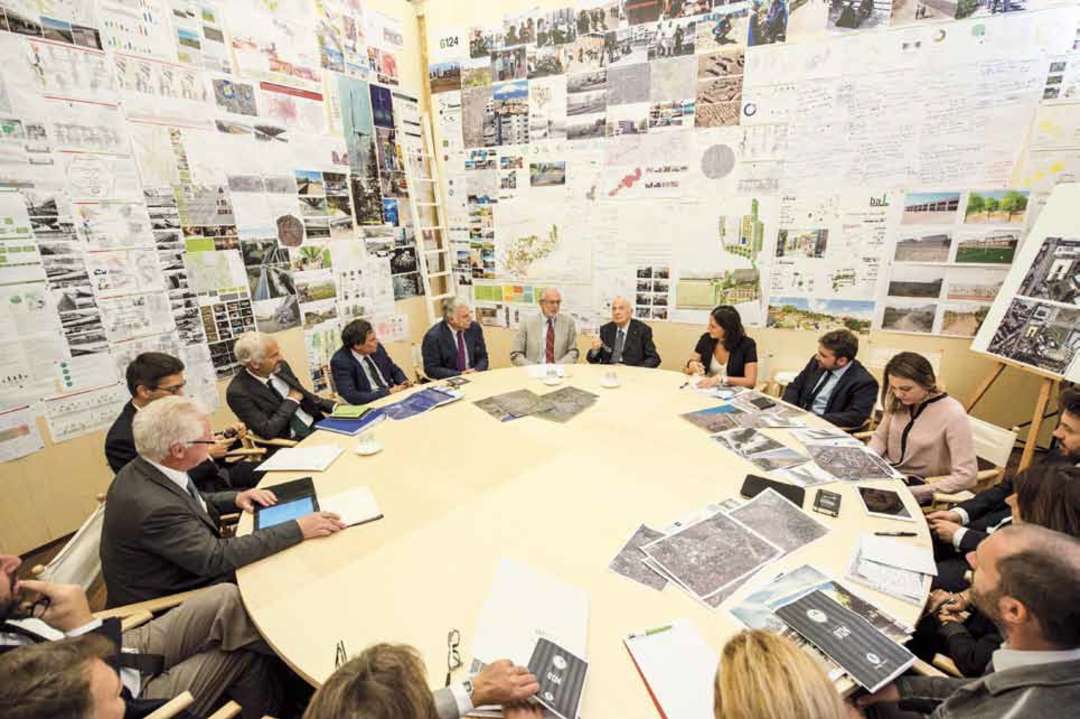

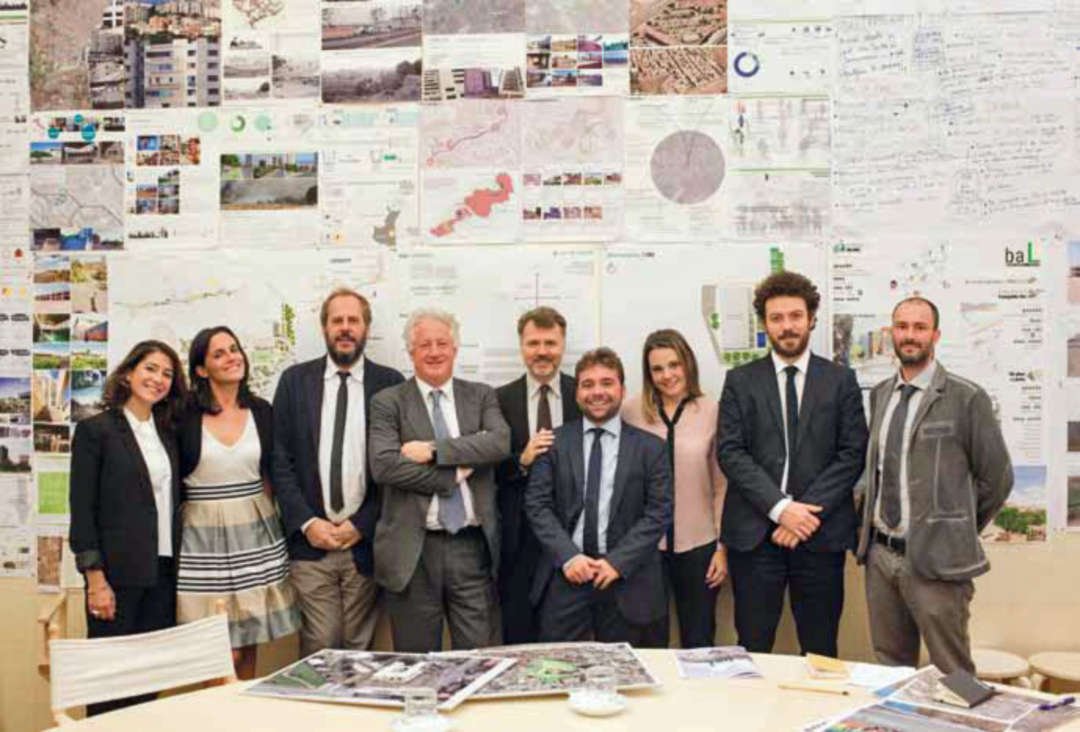
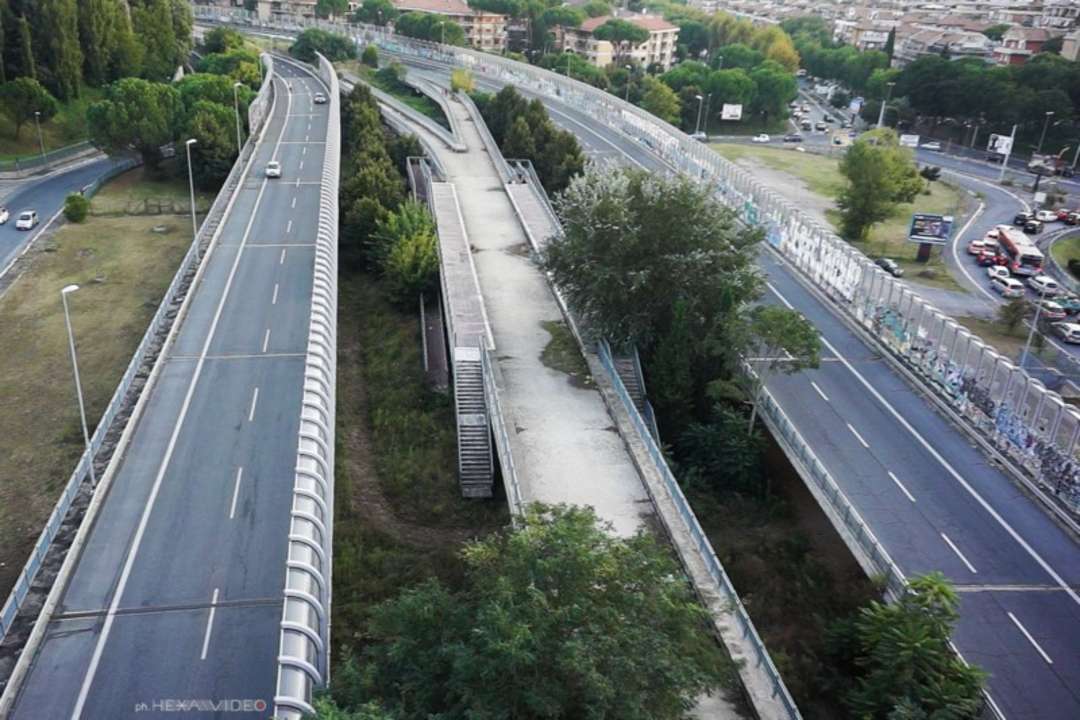
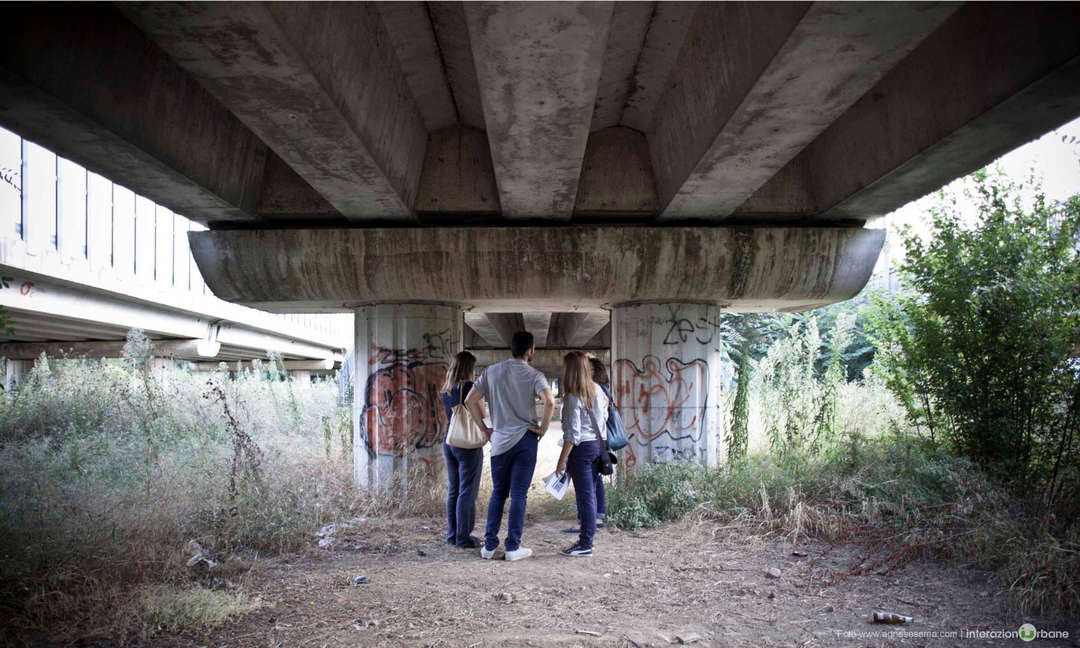
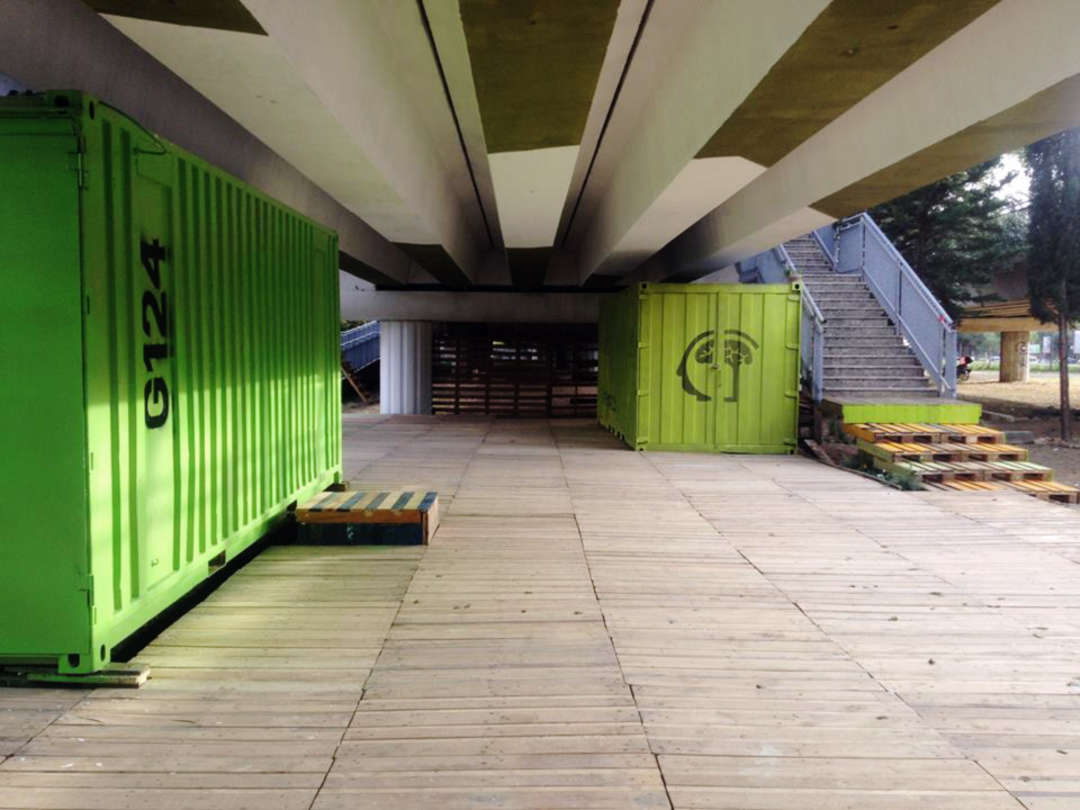
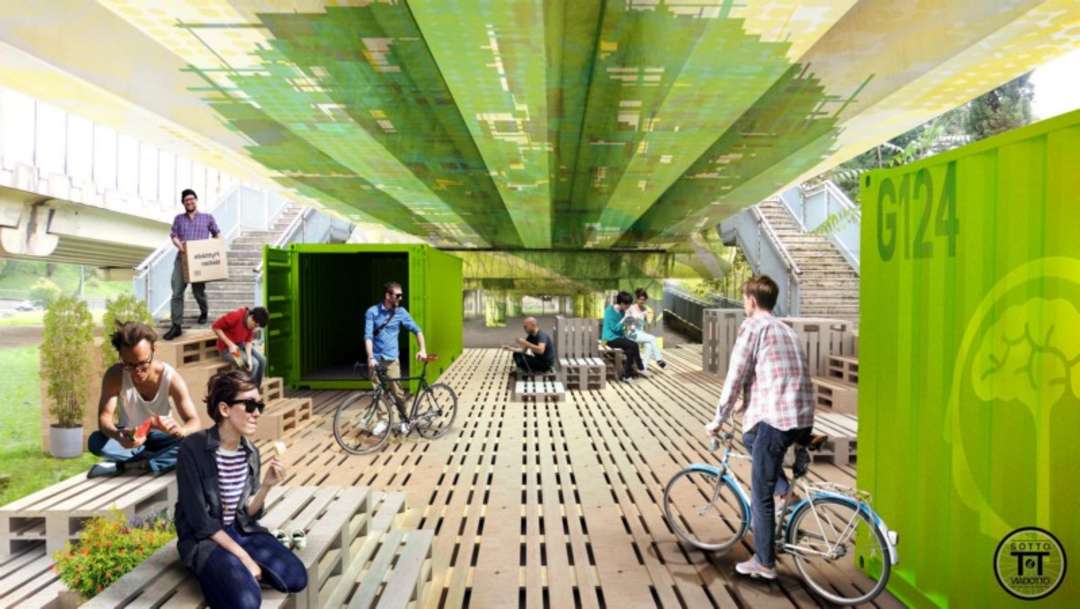
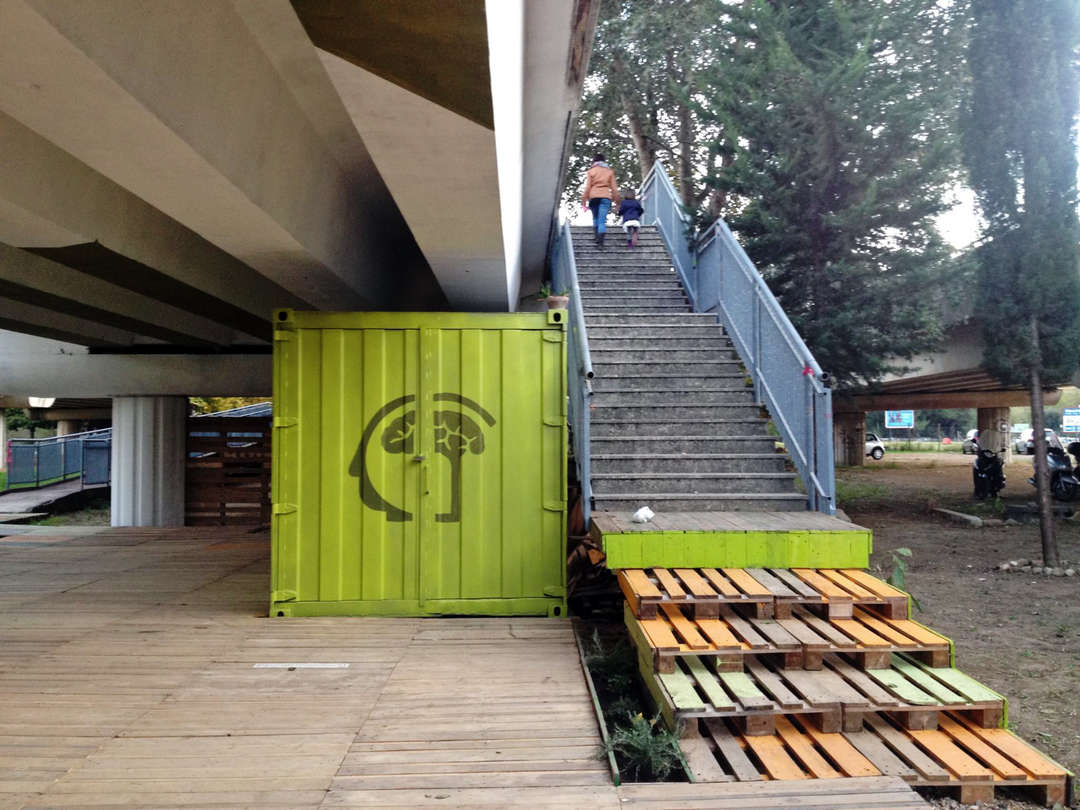


沒有留言:
張貼留言